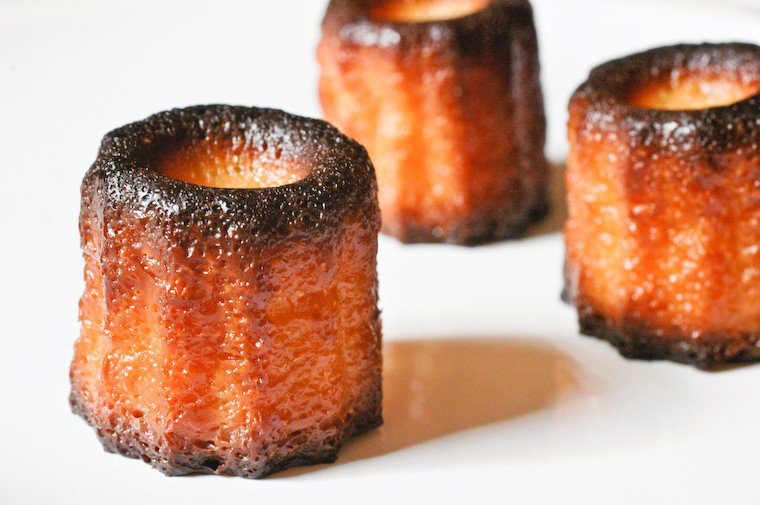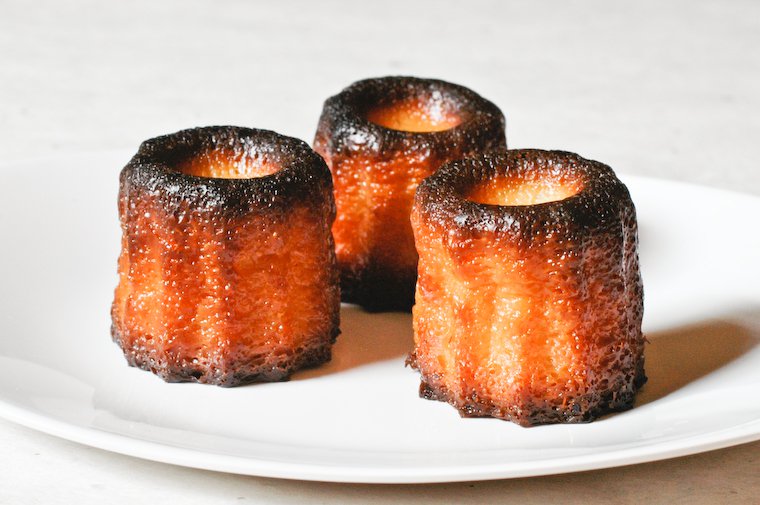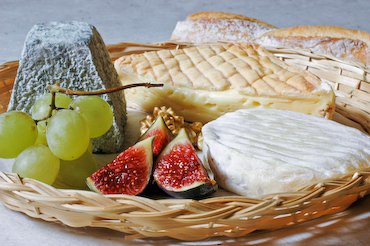
Last Saturday I went to the Marché des Batignolles, an all-organic market that’s just a short bus ride from where I live. I don’t go nearly as often as I’d wish: many different activities compete for my attention on Saturday mornings, and the whole sleep-in-and-laze-around-in-your-pj’s seems to win the game more often than not, especially when Friday nights are poker nights.
However, this time I had a companion, Meg, who lives not too far from me: she had never been to that market so we had agreed to meet for a little team-shopping. And just like having a workout buddy will ensure you don’t skip your exercising sessions, this was an excellent motivation to actually get up, get dressed and walk out into the bright but chilly morning, my little shopping bag in tow.
We bought plenty of fruits and vegetables from my usual produce stall — I got carrots, spring onions, green beans, shelling beans, wild roquette, apples, and delicious reine-claudes (green plums) the size of mirabelles (marble-sized yellow plums) — but we also made a stop at a much smaller stand that sold intriguing and unusual produce.
When we got there a middle-aged man was poring over the selection and I overheard him say, “Vous avez vraiment plein de trucs bizarres qu’on voit jamais.” (You really have weird things that nobody else sells.) The way he said it, nonplussed and slightly dubious, did not make it sound like a compliment — he walked away without purchasing anything. The lady seemed pleased to discover such excited expressions on her next customers’ faces.
Most of the display was occupied by a wide and colorful array of winter squash, in varieties that are very difficult to find in Paris: butternut squash, acorn squash, spaghetti squash, and lots of others to whom I’ve yet to be introduced, including really small ones that would make remarkably pretty decorations for a mantelpiece if I had one on hand. But to be truthful I am not the world’s biggest fan of winter squash, and my eye was drawn to other things.








